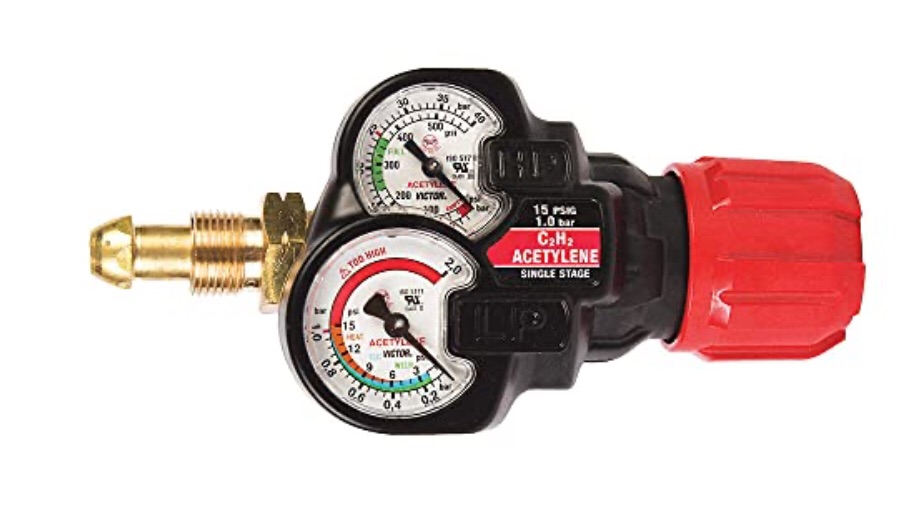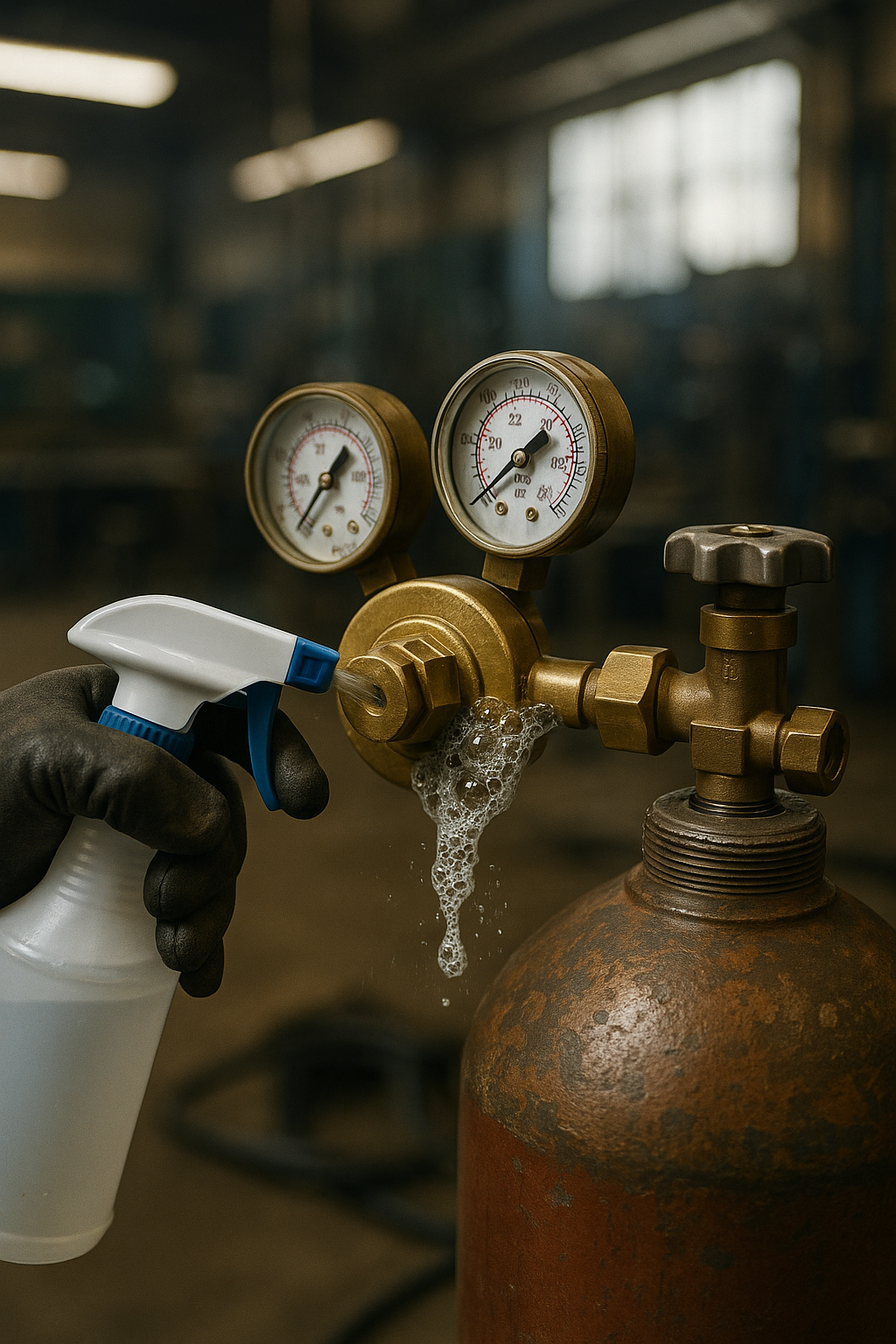Miller HBA-30510 Review & Guide
Note for Readers: This post may contain affiliate links. If you purchase through them, we may earn a small commission at no cost to you. Thank you for supporting our site.
Introduction
The Miller HBA-30510 is a complete oxy-fuel cutting torch outfit designed for professionals and serious fabricators who need reliable flame cutting power. Built to handle demanding shop and field applications, this kit includes the torch handle, cutting attachment, regulators, hoses, and safety gear necessary to set up and start cutting quickly.
Whether you’re in metal fabrication, ship repair, construction, or farm maintenance, this Miller torch outfit provides precision, durability, and the safety standards that welders and cutters expect from a trusted brand.
Types / Variants / Models
The HBA-30510 is part of Miller’s line of oxy-fuel outfits. Within this family you’ll see different models geared toward light, medium, and heavy-duty cutting.
-
Light-Duty Kits – Best for HVAC, light fabrication, or hobby work.
-
Medium/Heavy-Duty Kits (like the 30510) – Designed for structural steel, heavy plate, and industrial repair.
The HBA-30510 sits in the heavy-duty class, with robust regulators and torches capable of handling longer cut times and thicker steel plate.
Key Features & Specifications
Here are the standout features that define the HBA-30510 torch outfit:
-
Torch Handle & Cutting Attachment: Rugged brass construction for long service life.
-
Regulators: Oxygen and fuel gas regulators with precise adjustment knobs for stable flame control.
-
Cutting Capacity: Designed to cut mild steel up to several inches thick (check tip selection).
-
Tips: Supplied with multi-hole cutting tips for clean kerfs.
-
Hoses: Twin “T-grade” hoses resistant to flame, oil, and abrasion.
-
Safety: Built-in check valves and flashback arrestors for operator protection.
-
Storage/Portability: Often packaged in a carrying case for easy transport.
Real-World Benefit:
Instead of piecing together parts from different manufacturers, this kit provides an all-in-one, OEM-matched setup that ensures compatibility and reduces downtime.
Usage & Compatibility
The Miller HBA-30510 is suitable for a wide range of oxy-fuel cutting tasks:
-
Metals: Optimized for cutting mild steel; with proper tips and gases, can also handle heating, brazing, and light welding.
-
Fuel Gases: Compatible with acetylene and often alternative fuels (propane, natural gas) with proper tips.
-
Work Environments: Fabrication shops, field maintenance, shipyards, and farm/industrial repair.
Pros & Cons
Pros:
-
Complete outfit — ready to set up and use out of the box
-
Miller build quality and safety standards
-
Can handle heavy-duty industrial cuts
-
Flexible — capable of cutting, heating, and brazing with tip changes
Cons:
-
Heavier and bulkier than light-duty torch kits
-
Requires ongoing gas supply (oxygen + fuel cylinders)
-
Higher upfront cost than economy torch sets
Common Applications
The HBA-30510 is widely used in:
-
Construction & Structural Steel: Cutting beams, plates, and scrap steel
-
Shipbuilding & Marine Repair: Flame cutting heavy plate in repair docks
-
Farm & Heavy Equipment Maintenance: Repairing or modifying equipment in the field
-
Metal Fabrication Shops: General plate cutting and layout work
Tips & Best Practices
-
Always inspect hoses and connections for leaks before lighting.
-
Use proper tip size and gas pressures for the material thickness.
-
Store cylinders upright and secure before use.
-
Clean torch tips regularly to prevent slag build-up and uneven flames.
-
Always use flashback arrestors and follow standard oxy-fuel safety procedures.
Conclusion
The Miller HBA-30510 Cutting Torch Outfit is a rugged, professional-grade solution for anyone who needs reliable oxy-fuel cutting power. By bundling high-quality regulators, torch handle, tips, hoses, and safety features, it ensures welders and fabricators can get to work quickly with gear built to last.
For industrial fabrication, repair shops, and demanding field jobs, the HBA-30510 delivers consistent performance and the durability Miller is known for.
Check the latest price and availability for the Miller HBA-30510 on Amazon below:
- Occupational Health & Safety
- Country of Manifacturer: United States
- Manufacturer: Miller Electric
Last update on 2025-12-05 / Affiliate links / Images from Amazon Product Advertising API





